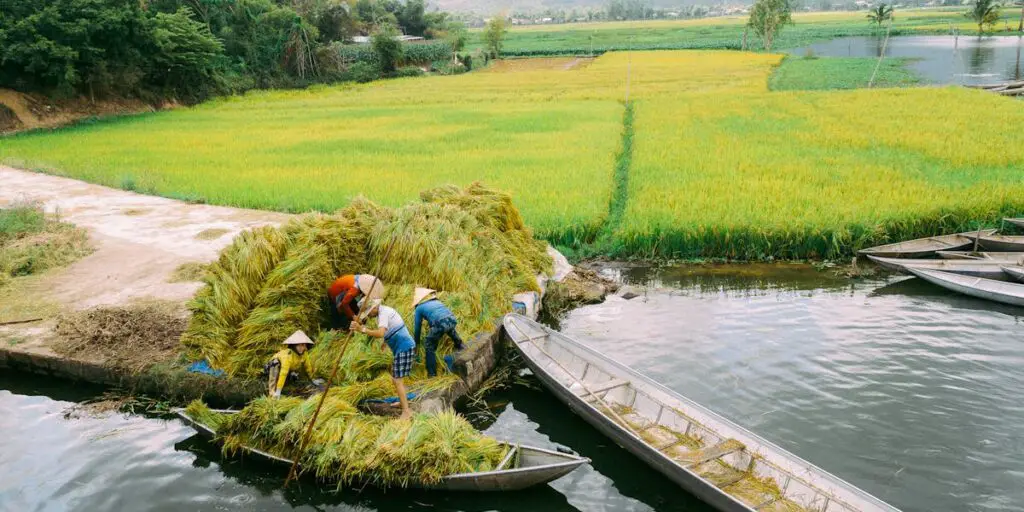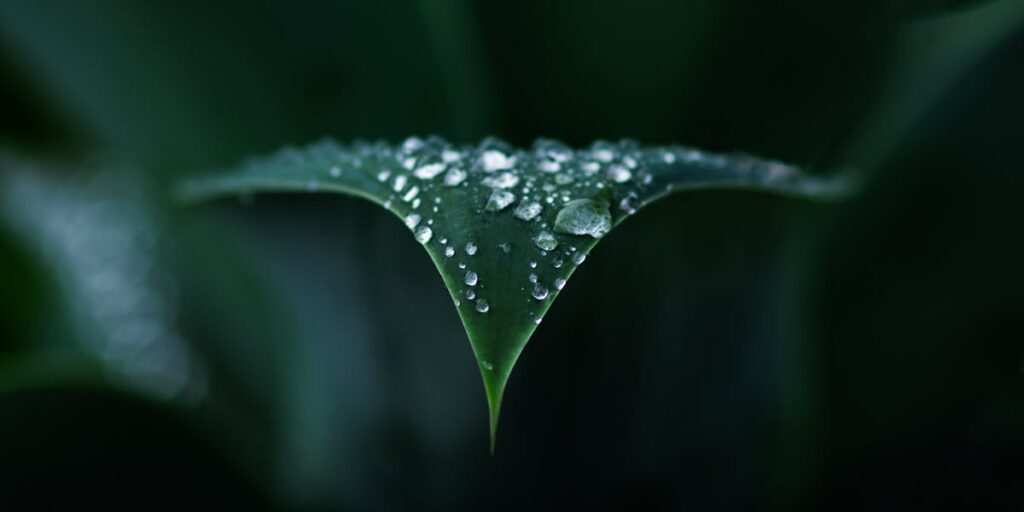Kul and Bamboo drip irrigation are traditional water management systems that showcase the wisdom of sustainable resource use. Kul irrigation, common in Himachal Pradesh, involves a network of man-made channels called “kuls” that carry glacier meltwater to villages and farmlands. These channels are built along the contours of hills and ensure water reaches agricultural fields, especially during dry seasons. This method not only conserves water but also prevents soil erosion and supports livelihoods in water-scarce regions.
Bamboo drip irrigation, practiced in Meghalaya, utilizes bamboo pipes to transport water from natural springs to fields. The system operates without external energy, as gravity directs the water flow. Water is released through small openings in the bamboo, ensuring minimal wastage. This practice is particularly suited for hilly terrain and small-scale farming.
Both methods demonstrate the integration of environmental sustainability and traditional knowledge. They highlight community participation in managing natural resources, ensuring equitable distribution and long-term water availability. These techniques serve as examples of how ancient practices can contribute to modern-day solutions for water conservation and agricultural challenges.





